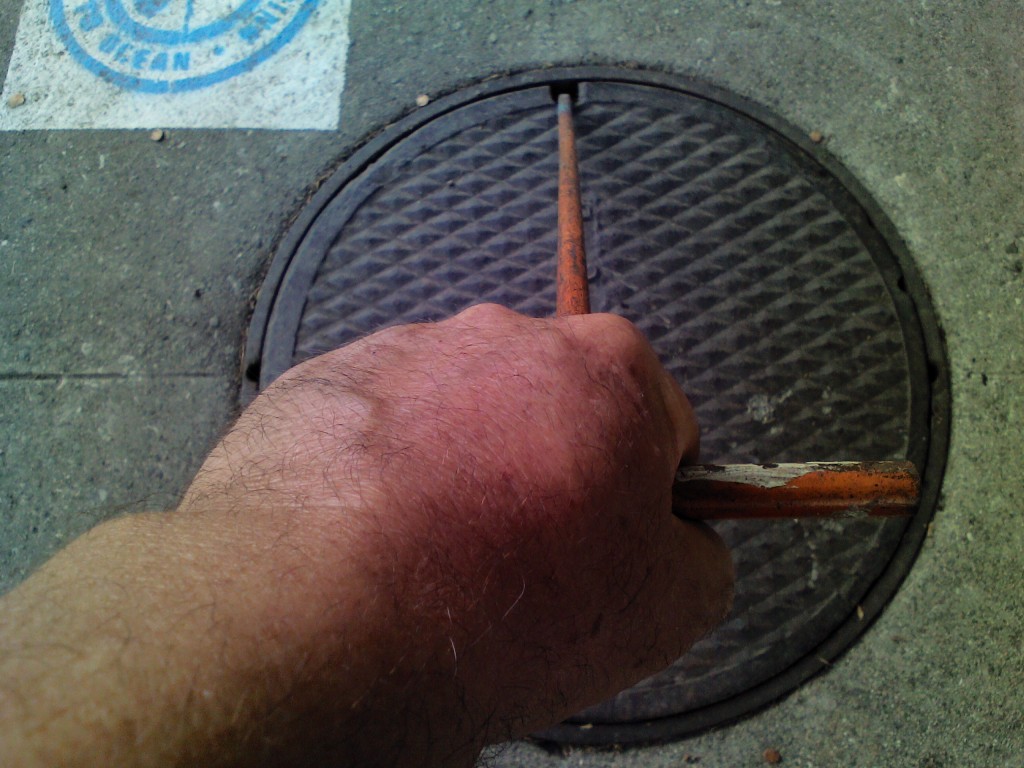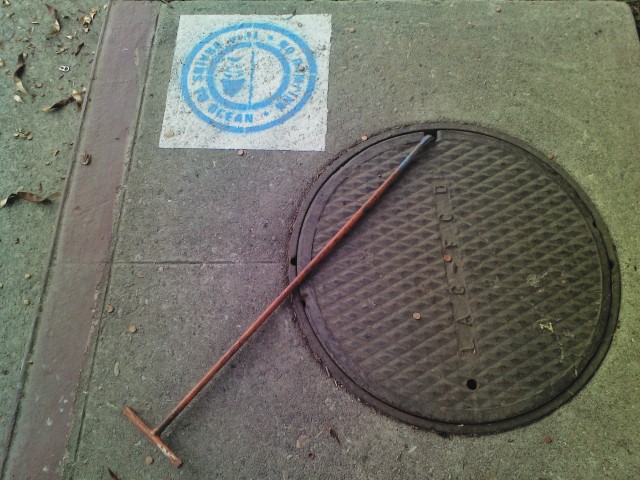January 1, 2019
“The Favorite” (directed by Yorgos Lanthimos)
I confess I could use a good comedy right now. Linda and I watched Ernst Lubitsch’s “To Be Or Not to Be” on DVD a week or so ago, and I couldn’t figure out why I had not seen it before. It’s far superior to Chaplin’s “The Great Dictator,” and should be required viewing in every film history course. Carol Lombard was outstanding, and I found myself wondering if she had lived and kept working in Hollywood, she might have enabled Marilyn Monroe to have an actress to look up to and serve as a model for artistic excellence. Watching “To Be Or Not to Be” reminded me that it is possible to make a great comedy about current politics, and I could use the tempering reminder of a well-earned laugh at this point in Trump’s bloated tenure.
Of course, everyone’s historical period seems to possess its own make-or-break urgency. A film that is currently making its run at the Art Theater in Long Beach is “The Favorite,” which portrays the palace politics of the penultimate segment of Queen Anne’s reign. Her primary advisor (and lover), Sarah, The Duchess of Marlborough (played by Rachel Weisz), finds herself displaced by an upstart, quietly ambitious cousin, Abigail (Emma Stone) who rises from the ranks of scullery maid to console and heal the physical and psychic wounds of the monarch. “My side,” is the upstart’s response to an inquiry from the Whig leader about where her loyalties find their sinecure. We see a side of her that makes her less of our favorite by the end of the film.
“The Favorite” is divided into eight parts, if recollection serves me right. Each section has a title, so it seems as if this is an eight chapter novel, for which the Yorgos Langhimos has chosen to make use of a variety of cinematic approaches, including a wide-angle lens that creates a kind of fishbowl gaze at the royal mise-en-scene. The director has been quoted as saying that he was influenced by certain Dutch paintings in striving to provide this lushly blurred intonation. In other scenes, candlelight is used to generate a mood of intense personal self-reflection akin to the portraits of Georges de la Tour.
The musical score stood out for its fervor in dipping itself into the editing of the scenes. For the most part, the music emphatically bolstered the ambivalence of the shifting alliances and betrayals at the core of the narrative. In one chapter, however,the minimalism of the score found its efficacy diluted by over-extension, and in the final chapter the piano seemed overused as the submission of the “favorite” to aristocratic prerogative whirled into a kaleidoscopic collage.
Louis Montrose has observed, quite astutely, that “All representations of power are also appropriations of power.” In depicting the power struggles of Queen Anne’s court, “The Favorite” reveals how those who use seduction to gain power are comically distorted by the power imparted by that seduction.
When I was a graduate student, a professor commented that the “long eighteenth century” is usually the weakest link in a student’s preparation for Ph.D. studies, although many students find it to be the most fascinating instance of modernity’s ideological evolution. I certainly found it to be far more intriguing than I anticipated. I only wish that this film had been available back in 1997, and that a sequel that focused on Prime Miniter Walpole had come out the following year.
December 29, 2018: “Roma”
Although Alfonso Cuarón’s “Roma” has generated considerable acclaim and is likely to get at least several Academy award nominations, if not win one or two, it has also been a flash point for shifts within the film industry. It is my understanding that the distributor of the film, Netflix, also was a major source of its funding, and “Roma” has consequently had an unusual patten of public exhibition. Instead of a limited release in “art houses,” followed by more suburban chain theaters, “Roma” has been available on Netflix for viewing alongside anyone who is binge-watching a series.
Linda and I walked over to the Art Theater in Long Beach two weeks ago to see “Roma” on the “big screen,” and I remain grateful that we did so; in fact, I’m not sure that I ever want to watch the film on a TV screen or a computer monitor. Given my age and that I am still working full-time, and have many unfinished projects, watching “Roma” on the small screen may not ever be a temptation. If so, it will remain one of my treasured memories. Even in the course of watching the film, I felt the nostalgia of recollection already at work. If someone wishes to sneer at what might be thought of self-indulgent sentimentality for one’s remote youth, then let them sneer. The palimpsest of the years spent watching Fellini and de Sica thickened as I watched “Roma,” and “depth of field” renewed its claims as a viable frame for a vision that allows those who are not given primary roles to surprise all onlookers.
Regardless of the number of awards it receives, “Roma” will no doubt be the subject of a fair number of conference papers at academic gatherings. “The abject” has not lost its keyword status, though its portrayal on the “big screen” may not be appreciated as it deserves simply because so few people will see it in that context and therefore expand their critique making use of that particular starting point.
Not everyone admires “Roma,” which refers to a specific neighborhood in Mexico City. (It is the equivalent of titling a film “Echo Park” or “Ocean Park” or “Venice,” if it were set in Los Angeles.) We had dinner with two friends the other night who said that if they had seen it in a movie theater, they would have wanted their money back. They did concede, however, that the image of the maid and nanny, Cleo (played with extraordinary subtlety by Yalitza Aparicio), holding herself in a difficult yoga pose while all the men around her flounder like inept novitiates was truly memorable. Such is the case, and underlines the case made by Ezra Pound a hundred years ago: “It is better to present one Image in a lifetime than to produce voluminous works.” Still spot on.
Wednesday, December 19, 2018
Struggle: The Life & Lost Art of Szukalski (2018)
Directed by Ireneusz Dobrowolski
Written by Stephen Cooper & Ireneusz Dobrowolski
Produced by Leonardo DiCaprio et al.
Stephen Cooper, an internationally recognized authority on the writing of John Fante, turned his attention about five years ago to yet another neglected artistic figure, the sculptor Stanislaw Szukalski (1893 – 1987). I would have probably never thought about watching “Struggle,” a documentary initially focused on Szukalski’s lost artistic projects, if I had not first spent a few minutes every semester or so discussing the progress of the film with Steve, who served as one of the co-producers along with a host of “executive producers.” As I recollect our conversations in the Department of English’s mail room, one of the final tasks involved some filming on Easter Island; in fact, in retrospect, this aspect of the film’s production was so much the main topic that when I first heard about a screening of “Struggle,” I wondered what had happened to the project that Steve was working on that required location shooting on Easter Island.
It turned out that Easter Island is the resting place for Szukalski’s ashes, in large part because he believed that all human culture originated from that remote domain of vanquished sculptors. Every human civilization, according to Szukalski’s fantasy, is the result of a diaspora that launched itself from Easter Island, either before or after the Great Flood. I’m uncertain of Szukalski’s “Great Flood” chronology because I didn’t see how it made any difference which came first. I found Szukaski to be an artist who possessed great technical facility as a young sculptor, but who succumbed to fantasies of being a genius. In the course of the film, we learn that these fantasies in the 1930s included nationalistic fervor embedded in right-wing blood and soil ideologies.
The biggest mistake of Sukalski’s life was returning to Poland, his birth country, from the United States, where he was beginning to establish an artistic reputation, and attempting to become the singular master of imagining Polish national identity. Although the second half of the film includes interview footage in which he seems to renounce the anti-Semitism with which his artistic impetus became associated, it is difficult to overlook how the right wing in Poland in this decade appears to have appropriated his work in its contemporary programming.
The film itself seems all too much like a PBS documentary, heavy on still photographs that provide a bridge between favorable footage and the exculpatory exegesis of various critics. I wish more biographical detail had been provided: how exactly did Szukalski manage to escape from Poland after the Nazi invasion? What stories did he tell his screenwriter friend, Ben Hecht, about his time in Poland, in which he appears to have been associated with a fascist, anti-Semitic insurgency? (It seems telling that the film’s title echoes the title of Hitler’s infamous manifesto.) Did anyone involved with the film contact his former co-workers at Rocketdyne, where he is said to have been employed for several years? “Struggle” features the executor of Szukalski’s artistic estate, Glenn Bray, in the lead role of his posthumous advocate. Bray, in fact, probably deserves some formal credit for “Struggle” in that the film could hardly have ever come to pass without his hundreds of hours of video footage serving as an archival resource. No doubt much of it would make for tedious viewing. Szukalski’s proposed universal language of “Protong,” for instance, is sufficiently bizarre that if it were taken out of context, I can imagine its inventor being held for observation at a facility for the mentally ill.
At the end of the film, in fact, I found myself infinitely more inclined to watch a full-length documentary about Ben Hecht, and wondering how big a role Szukalski might play in it. Despite the passages from Hecht’s writing, which are read in the film, that record the strong impression Szukalski made on him, I suspect that any substantial documentary film on Hecht would only include a very small cameo appearance by Szukalski, and even that might be more than he deserves.
“Struggle” debuted last month in Amsterdam and this month in Los Angeles. It started streaming on Netflix on Friday, December 21.
(Post-script: December 31, 2018 — The original blog post about this film was considerably shorter, and primarily noted that the film would be available for viewing on Netflix. The review has intermittently been revised and substantially expanded during the past two weeks.)
https://en.wikipedia.org/wiki/Stanisław_Szukalski
Archives Szukalski
The following critique of Szukalski deserves our close attention:
Who Is Stanislav Szukalski, the Obscure Artist Leonardo DiCaprio Is Trying to Make Famous?
In reading about Szukalski’s theories, I began to wonder what kind of metanarrative he might have come up with if current scientific discourse about Neanderthal DNA had been wide-spread knowledge at mid-20th century.
https://www.livescience.com/64296-neanderthal-dna-human-skull-shape.html






 About Bill Mohr
About Bill Mohr